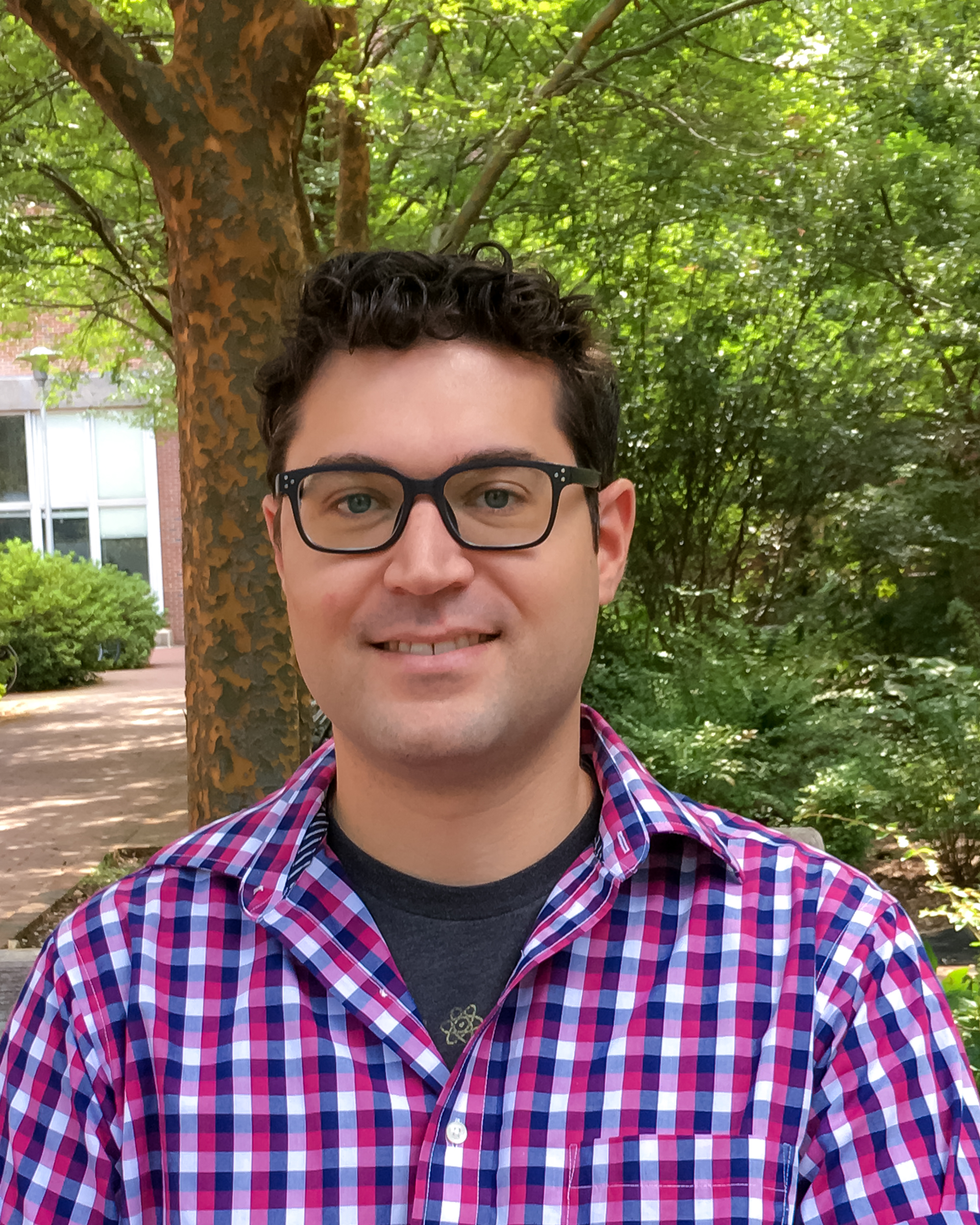Reflections on the QUBES/BioQUEST Summer Workshop - a future faculty perspective (second of a series).
Four highly motivated future faculty volunteers attended the 2018 QUBES/BioQUEST Summer workshop. Over the next couple of months, they will be sharing their experience with the QUBES Community in a series of blog posts. Lillian Senn shared her experience with the QUBES Community in the first post in this series. Below, in the second post in this series, future faculty and guest blogger, Mark Slabodnick, discusses his experience at the 2018 QUBES/BioQUEST Summer workshop.
As a future faculty volunteer like Lillian, it was my first time attending a QUBES/BioQuest conference, and I didn’t really know what to expect. The only hint I had was some advice from a colleague who said this was going to be unlike any conference I had ever been to before, and that definitely proved to be true. Even while simply helping people check-in to the conference as they arrived, I could tell this was going to be a different experience, as boisterous reunions between friendly conference-goers were occurring all around me. I immediately felt like I was part of the group.
The second day was the most like the ‘typical conference experience’. There were three sessions and a great variety of topics to choose from for each session. I learned about so many cool things! Although everything I attended was interesting and useful, the stand-out for me would have to be Cell Collective led by Nick Galt [Workshop Session Info | Web site]. This versatile web-tool is a way to get students building computational models and running simulations on a variety of biological scales. There was an incredibly low barrier to entry, and we were recreating models and running simulations within the hour – all from a web browser. From classical examples like the Lac Operon, or photosynthesis, to modeling how study-time and stress-levels might work to alter a student’s exam grade, there is a growing database of modules designed to have students build models and run simulations themselves. There are intuitive sliders where students can adjust the inputs and instantly see the effects on the outputs in a dynamically generated graph, allowing them to quickly make and test predictions about the parameters of the system. Cell Collective seems to be both an easy and powerful way to get students thinking about quantitative tools and complex biological processes, and I instantly knew this was something that I will someday work into a classroom.
The third day was when things changed. It started with the morning lecture where we learned first-hand about how to use case studies in the classroom – by “putting on the student caps” and playing the role of the students. From here on out, we spent our time not passively learning, but working in groups to actively prepare course materials. For a warm-up, we worked on a predefined task chosen from a set of topics. In a single afternoon, my group had generated a solid template for a case study on personalized genomic medicine. Later that evening, we met with another group that had worked independently on the same topic and compared ideas. Both of our groups had come up with some very interesting strategies for teaching different aspects of the topic. It was a really cool experience to have all of these educators working together in a room on a single problem.
After that, the training wheels were off. Dozens of topics were jotted-down on the chalkboard of Café Bio (our home-base and source of energy), and it was up to us to follow our hearts and join a group, or start our own, for the next two days. The assignment was to use a real-world wicked problem to develop a case study for use in the classroom – and there was a RANGE of topics to choose from. As a postdoc with experience working with CRISPR-Cas9 genome editing in the lab, I thought it would be fun to join a group that was interested in developing a case study around CRISPR-Cas9. This was absolutely my favorite part of the week. Although I have had some teaching opportunities in my postdoc, I got to work with experienced faculty to generate a multi-day lesson plan based on a topic that I have significant experience working with first-hand in the lab. I contributed where I could and got to learn how experienced educators approached developing curricula from scratch. As someone who plans on teaching in an academic setting, this was a truly amazing experience!
In the end, I was inspired by what took place over the course of this meeting and what all of the groups were able to accomplish in the time we had together. As a postdoc entering the academic job market, I feel that the opportunity to attend this conference and learn from so many experienced educators was invaluable. In attending this conference, I have found a dedicated community of STEM educators, and I look forward to being a part of this community for years to come. I hope to see you all again, and meet many new people, next year in Williamsburg, VA.

Mark Slabodnick earned his Ph.D. at the University of California, San Francisco. He is currently a postdoc at the University of North Carolina at Chapel Hill studying mechanisms that link cell junctions to the actin cytoskeleton using C. elegans gastrulation as a model. After his postdoc, he hopes to transition to a faculty position at a primarily undergraduate institution using protists as a model to study mechanisms of single cell morphogenesis and regeneration.
QUBES appreciates and shares guest blog posts but their content reflects the opinions of the authors and are not endorsed by QUBES.
